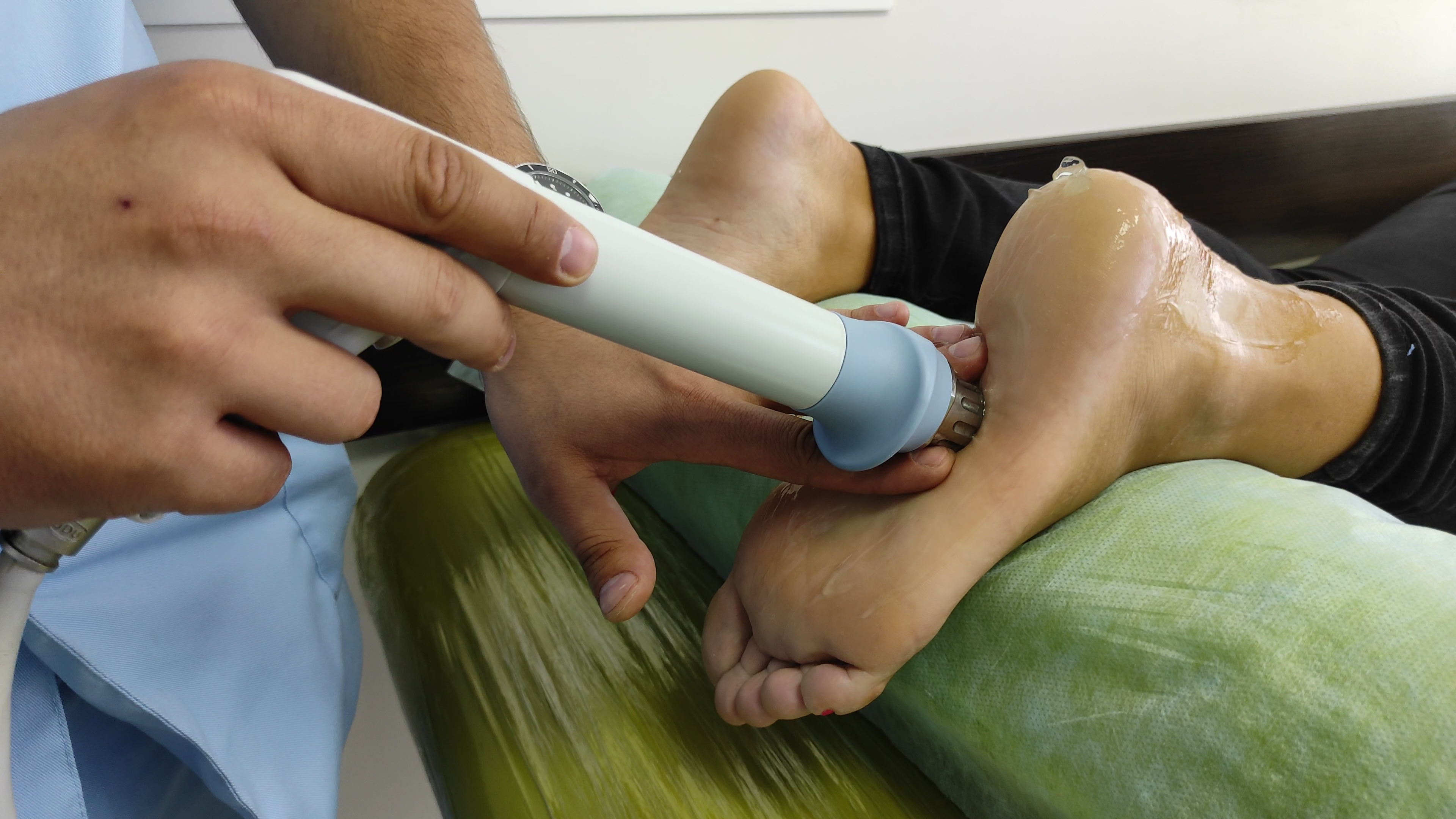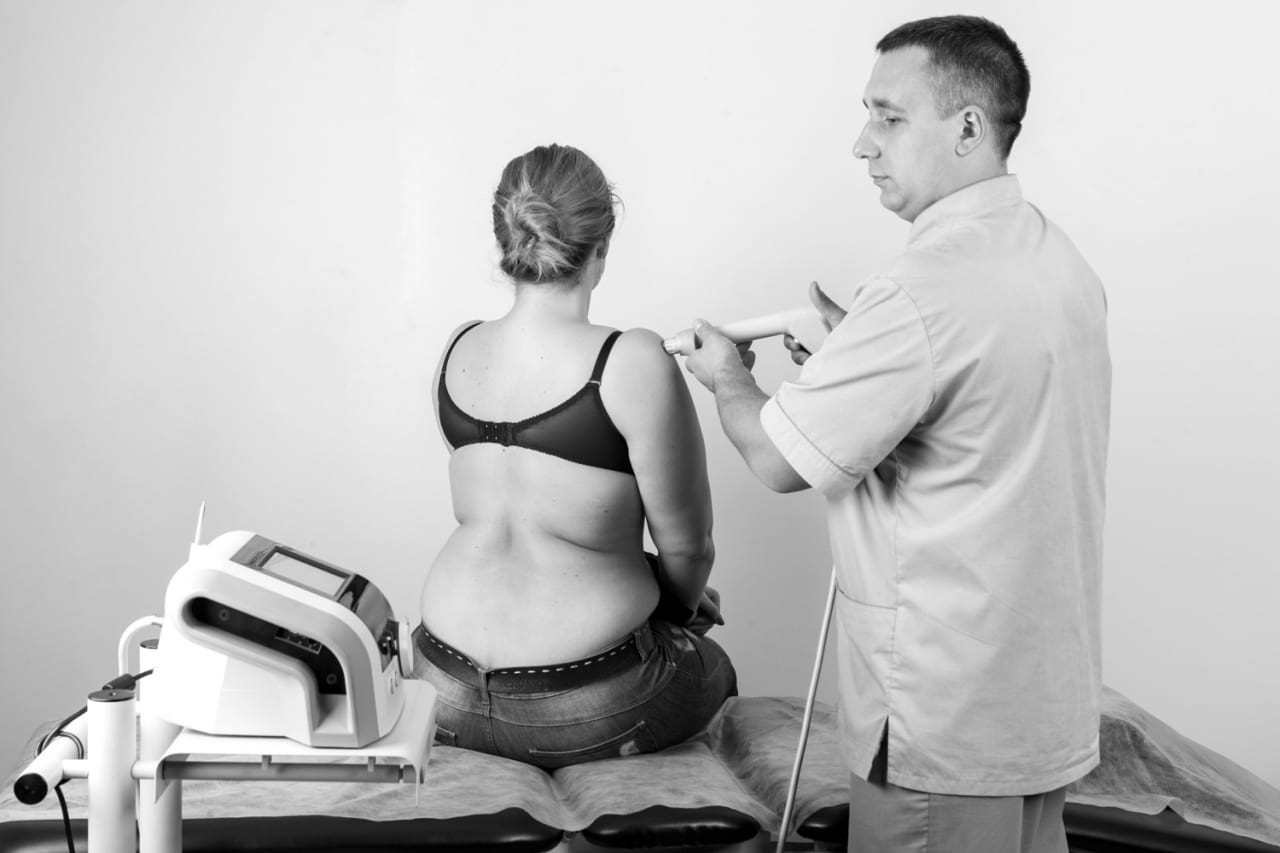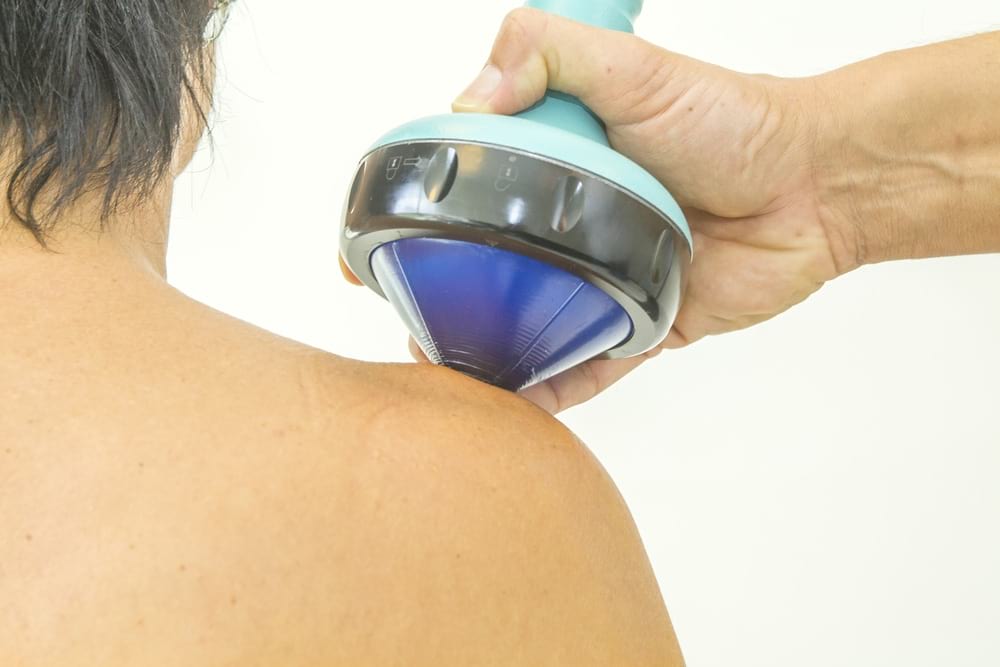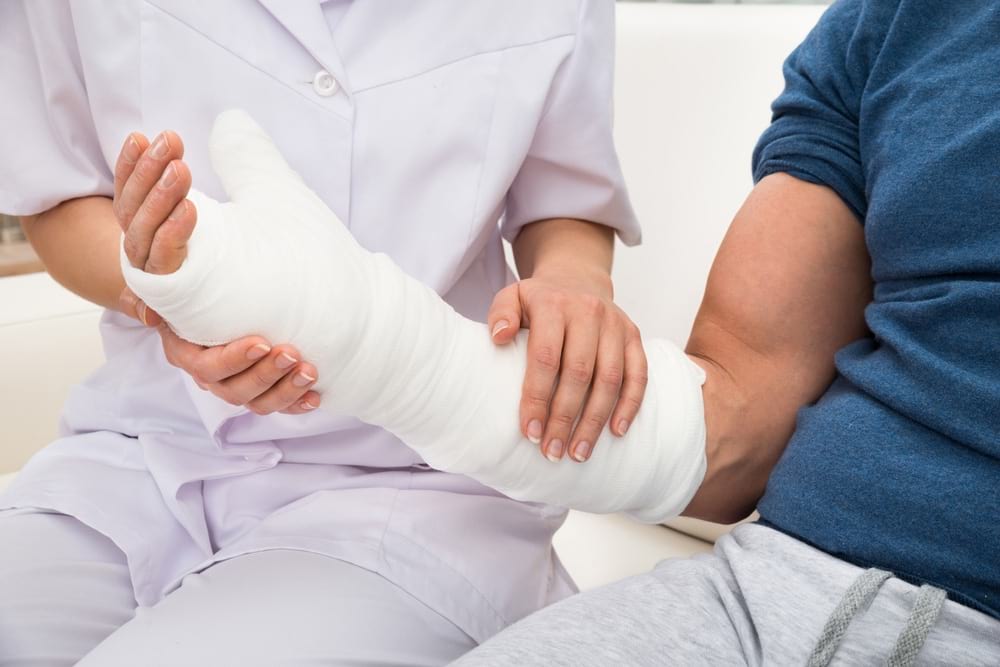Shock wave therapy (shock therapy) is called a non-invasive method of treatment using acoustic waves. The method is based on the use of the so-called shock (acoustic) wave - a low-frequency sound wave, which penetrates into the tissues of the body and affects the localization points of pain.
This method of therapy allows to cope with a number of diseases of the musculoskeletal system. World statistics show that 90% of patients have a lasting positive effect due to the use of shock wave therapy.
In patients treated with:
pain caused by injuries (including fractures) is reduced;
accelerated healing of damaged tissue;
improves blood circulation in the body and overall health.
What is the course of treatment?
UHT treatment at the Institute of Vertebrology and Rehabilitation is carried out on the latest equipment from one of the main global manufacturers in this field - the Czech company BTL. The duration of one therapeutic procedure is not more than 7 minutes. A full course of treatment of one zone includes an average of 5-7 procedures.
The procedure is felt as a deaf tapping at the localization of inflammation. With severe inflammation, small jerky pain may occur.
The current cost of carrying out this procedure in Kiev, Lviv and Ivano-Frankivsk is available on the website in the "Prices" section.

In what cases are specialists prescribing shock wave therapy to patients?
During life, calcium salts can be deposited in the periarticular tissues of a person. In the places of their deposition of e, inflammatory processes occur. As a result, pain in the joints most often occurs, which can further progress and lead to limited mobility.
The main indications for UHT:
- diseases of muscles and connective tissues;
- diseases of the shoulder and elbow joints;
- foot disease;
- tendon and ligament disease;
- spinal diseases (protrusion, hernia).
In addition, the Institute of Vertebrology and Rehabilitation UHT is successfully used to treat myofascial syndrome and enthesopathy (inflammation of ligaments, tendons, etc.), as well as to stimulate the nutrition of the spinal tissues.
Shock Wave Therapy with Heel Spur
Very often, the Institute of Vertebrology and Rehabilitation is addressed to undergo treatment for heel spurs. Behind this simplified name lies a serious problem - damage to the plantar fascia, which protects the joints and movable bones of the foot from injury. In time, the untreated, inflamed plantar fascia begins to “stiffen” at the site of injury, turning into that very “spur” and causing great pain.
It is believed that elderly women face the heel spur more often, but men are also affected by this problem. UHT is recognized as one of the most effective treatments for this disease.
The results of shock wave therapy are:
- reduction of inflammation;
- normalization of blood circulation;
- improved healed damaged tissue;
- destruction of calcinates (accumulation of calcium salts);
- increase the stability of tendons and ligaments.

Whom can UHT be contraindicated in?
Despite the relative painlessness of the shock wave therapy procedure, there are still a number of recommendations and medical contraindications for its implementation.
UHT is not recommended for use:
- young men and women up to 23 years old;
- pregnant women;
- people with diseases of the hematopoietic system;
- in the presence of benign or malignant tumors;
- with acute infectious diseases and some other conditions.
An absolute contraindication to shock wave therapy is the presence of a pacemaker in a patient.
It should be noted that any procedures at the Institute of Vertebrology and Rehabilitation are appointed exclusively by experienced doctors after studying the history and consultation, taking into account all the features of the patient. We also focus on the need for complex therapy, because monotherapy usually affects the individual components of the problem, but does not capture it as a whole.
In combination with physiotherapy procedures, our patients may be offered therapeutic massage, injection therapy, training on medical simulators, as well as other methods of restoring the natural state of the musculoskeletal system.



